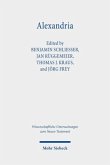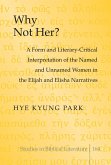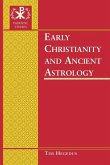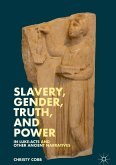The political and social changes that occurred with the transformation of the Roman Empire into a Roman Christian Empire and with the bishops' new social position as imperial bishops called for new literary representations of the ideal Christian leader. In this struggle, the figure of Moses turned up as a suitable figure intimately connected with questions of authority and power and, related to this, with the risk of dissension and discord. While the portrait of Moses as a political figure was hardly applicable in Christian discourses of the 2nd and 3rd centuries, it became the centre of interest during the 4th century. This new emphasis was, however, no more new than that it actually revived traditions of 1st-century Jewish biographical and autobiographical narratives.








